Home>Articles>Why Is My Toilet Leaking From The Bottom When I Flush
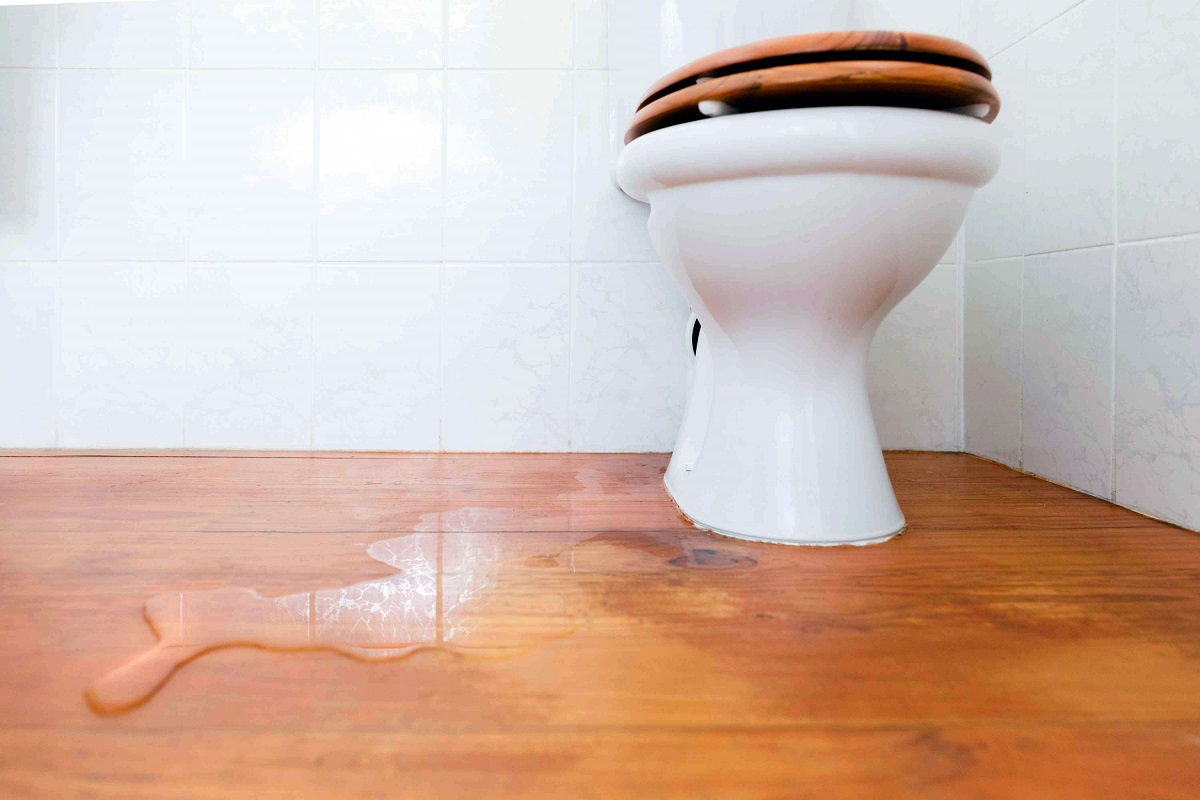

Articles
Why Is My Toilet Leaking From The Bottom When I Flush
Modified: May 6, 2024
Discover the reasons why your toilet is leaking from the bottom when you flush and find helpful articles on how to fix it.
(Many of the links in this article redirect to a specific reviewed product. Your purchase of these products through affiliate links helps to generate commission for Storables.com, at no extra cost. Learn more)
Introduction
Having a toilet leak can be a frustrating and inconvenient problem to deal with. And when you notice that your toilet is leaking from the bottom every time you flush, it becomes even more concerning. Not only can it lead to water damage in your bathroom, but it can also result in higher water bills.
In this article, we will explore the common causes of toilet leaks from the bottom when flushing and provide guidance on how to diagnose and fix the issue. By understanding the underlying reasons for the leak and taking the necessary steps to repair it, you can restore the functionality of your toilet and prevent further damage.
Let’s dive in and understand why your toilet may be leaking from the bottom when you flush and how to resolve the issue.
Key Takeaways:
- Don’t ignore a leaking toilet – it can lead to water damage and higher bills. Check for common causes like a faulty wax ring, cracked bowl, or loose flange, and take prompt action to fix the issue.
- Regular maintenance and inspections are crucial to prevent toilet leaks. Diagnose the problem correctly and follow the necessary steps to restore your toilet’s functionality and avoid potential headaches and expenses.
Read more: Why Is My Toilet Overflowing When I Flush
Common Causes of Toilet Leaks from the Bottom When Flushing
A toilet leak from the bottom when flushing can be caused by various factors. Here are some common culprits:
- Faulty wax ring: The wax ring is a seal located between the bottom of the toilet and the flange in the floor. Its purpose is to prevent water from leaking out when you flush. Over time, the wax ring can deteriorate or become misaligned, leading to leaks.
- Cracked toilet bowl or tank: A crack in the toilet bowl or tank can result in water seeping out when the toilet is flushed. These cracks can occur due to age, impact, or structural issues, and they may not always be easily visible.
- Loose or damaged flange: The flange is a circular piece that connects the toilet to the plumbing system. If it becomes loose or damaged, it can cause leaks from the bottom of the toilet. This can happen due to regular wear and tear, improper installation, or accidents.
- Corroded or broken bolts: Bolts secure the toilet to the flange and hold it in place. If these bolts become corroded, rusted, or broken, it can result in water leaking from the bottom of the toilet. This can happen over time due to moisture exposure or improper maintenance.
It’s important to note that these are just a few possible causes of toilet leaks from the bottom when flushing. Each situation may have its own unique set of contributing factors. Therefore, it’s crucial to diagnose the issue properly before proceeding with any repairs.
How to Diagnose a Toilet Leak from the Bottom
If you suspect that your toilet is leaking from the bottom when you flush, it’s essential to diagnose the problem correctly before attempting any repairs. Here are some steps to help you identify the source of the leak:
- Checking for water pooling around the base: Inspect the area around the base of the toilet after flushing. If you notice water pooling or dampness, it’s a clear indication of a leak.
- Inspecting the wax ring: The wax ring is located between the bottom of the toilet and the flange in the floor. Start by visually examining the wax ring for any signs of damage, such as cracks, gaps, or wear. If the wax ring appears faulty, it may need to be replaced.
- Examining the toilet bowl and tank for cracks: Carefully inspect the toilet bowl and tank for any visible cracks. It’s essential to check both the interior and exterior surfaces. Use a flashlight if necessary to spot hairline cracks that may not be evident at first glance.
- Checking the flange and bolts for any issues: Examine the flange, which is the circular piece in the floor that connects the toilet to the plumbing system. Ensure that it is securely fastened and not loose or damaged. Additionally, check the bolts that hold the toilet to the flange. Look for rust, corrosion, or signs of breakage.
By following these steps, you will be able to identify potential problem areas that may be causing the toilet leak from the bottom when flushing. Once you have pinpointed the source of the leak, you can proceed with the necessary repairs or call a professional plumber for assistance.
Check the wax ring and bolts at the base of the toilet. If they are worn or loose, they could be causing the leak. Replace the wax ring and tighten the bolts to fix the issue.
Steps to Fix a Toilet Leak from the Bottom When Flushing
Once you have identified the source of the toilet leak from the bottom, it’s time to take action and resolve the issue. Here are some steps you can follow to fix the problem:
- Replacing the wax ring: If the wax ring is faulty or worn out, it needs to be replaced. Start by turning off the water supply to the toilet and flushing it to empty the tank and bowl. Disconnect the water supply line and unbolt the toilet from the floor. Remove the old wax ring and clean the area around the flange. Install a new wax ring, ensuring it is properly aligned and centered. Carefully lower the toilet back onto the flange and bolt it securely to the floor.
- Repairing or replacing a cracked toilet bowl or tank: If you have discovered cracks in the toilet bowl or tank, you may be able to repair them using specific epoxy or waterproof sealant. However, if the cracks are severe or the repairs are ineffective, it may be necessary to replace the entire toilet. Consult a professional plumber for guidance if you are unsure about the extent of the damage.
- Tightening or replacing the flange and bolts: If the flange or bolts are loose, tighten them using an adjustable wrench. Ensure they are secure but be careful not to overtighten, as this can cause damage. If the flange or bolts are damaged or corroded, they may need to be replaced. Consult a plumber or hardware store for suitable replacement parts.
It’s important to note that some toilet repairs might require the expertise of a professional plumber, especially if you’re not experienced in handling plumbing issues. If you’re unsure or uncomfortable with performing the repairs yourself, it’s always best to seek professional help to avoid causing further damage or complicating the problem.
By following these steps and addressing the root cause of the toilet leak, you can effectively fix the issue and prevent any future leaks from occurring. Regular maintenance and inspections can also help to identify and address potential problems before they escalate into more significant issues.
Conclusion
Toilet leaks from the bottom when flushing can be a major inconvenience, causing water damage and increasing water bills. It’s crucial to identify and resolve these leaks promptly to prevent further issues. In this article, we explored the common causes of toilet leaks from the bottom, how to diagnose the problem, and the steps to fix the issue.
Common causes of toilet leaks from the bottom include a faulty wax ring, cracked toilet bowl or tank, loose or damaged flange, and corroded or broken bolts. By checking for water pooling around the base, inspecting the wax ring, examining the toilet bowl and tank for cracks, and checking the flange and bolts, you can identify the source of the leak.
Once you have identified the source, you can proceed with appropriate repairs. This may involve replacing the wax ring, repairing or replacing a cracked toilet bowl or tank, and tightening or replacing the flange and bolts. Remember to exercise caution and, if necessary, seek professional help to ensure the repairs are done correctly.
Regular maintenance and inspections are essential to prevent toilet leaks. Check your toilet periodically for any signs of leaks and address them promptly to avoid more significant issues in the future. Taking proactive steps, such as ensuring proper installation and regularly inspecting the components, can help prevent leaks and prolong the lifespan of your toilet.
By understanding the causes of toilet leaks from the bottom when flushing and following the necessary steps to diagnose and fix the issue, you can restore the functionality of your toilet and maintain a leak-free bathroom. Don’t neglect the importance of addressing toilet leaks promptly to save yourself from potential headaches and expenses in the long run.
If you've managed to stop your toilet from leaking, why not tackle more around your home? Dive into our article on toilet repair for handy tips and tricks to keep your bathroom in top shape. Or broaden your skills with our guide on home maintenance, perfect for keeping your living space snug and secure throughout the year. With straightforward advice, you'll feel ready to handle any task!
Frequently Asked Questions about Why Is My Toilet Leaking From The Bottom When I Flush
Was this page helpful?
At Storables.com, we guarantee accurate and reliable information. Our content, validated by Expert Board Contributors, is crafted following stringent Editorial Policies. We're committed to providing you with well-researched, expert-backed insights for all your informational needs.

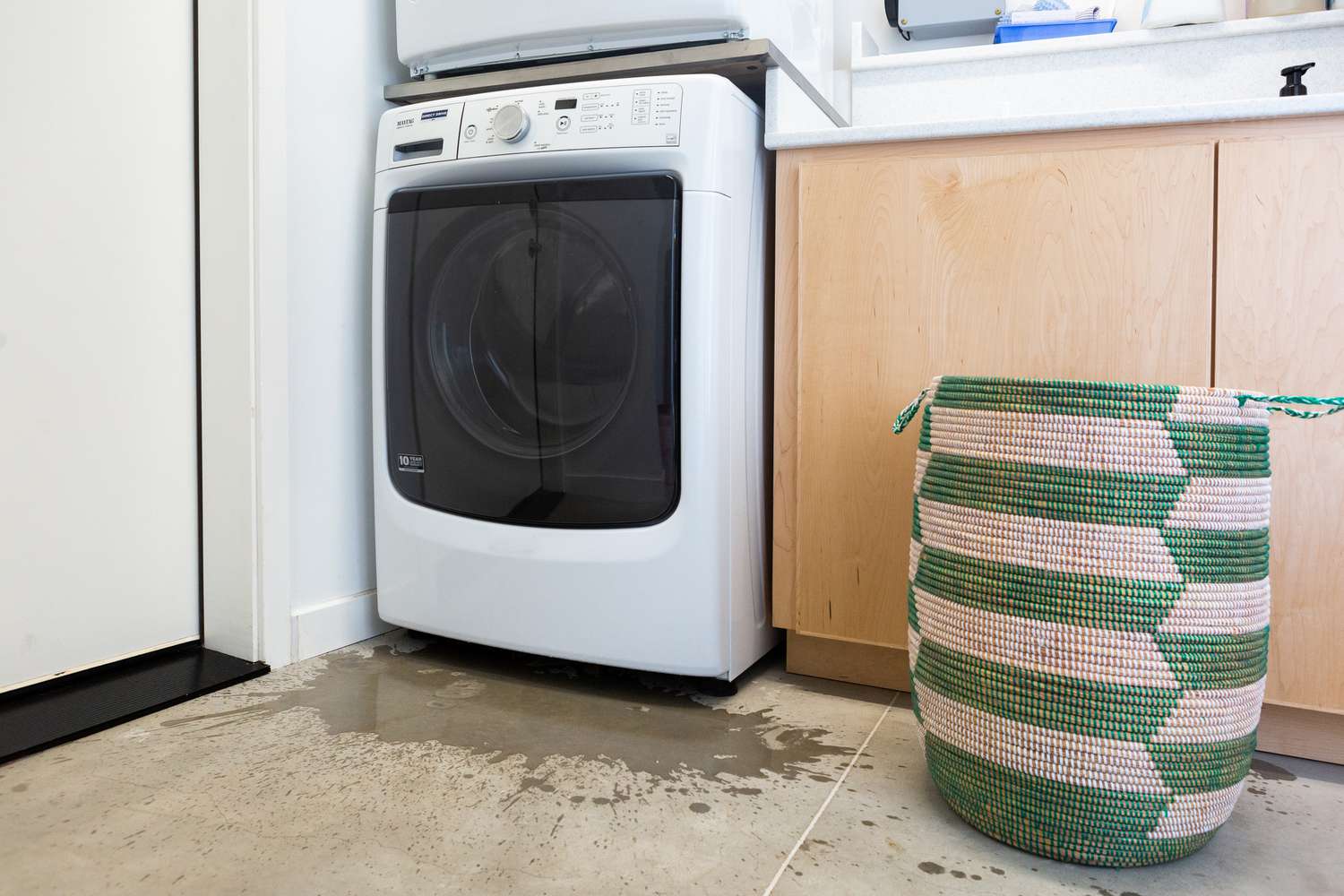
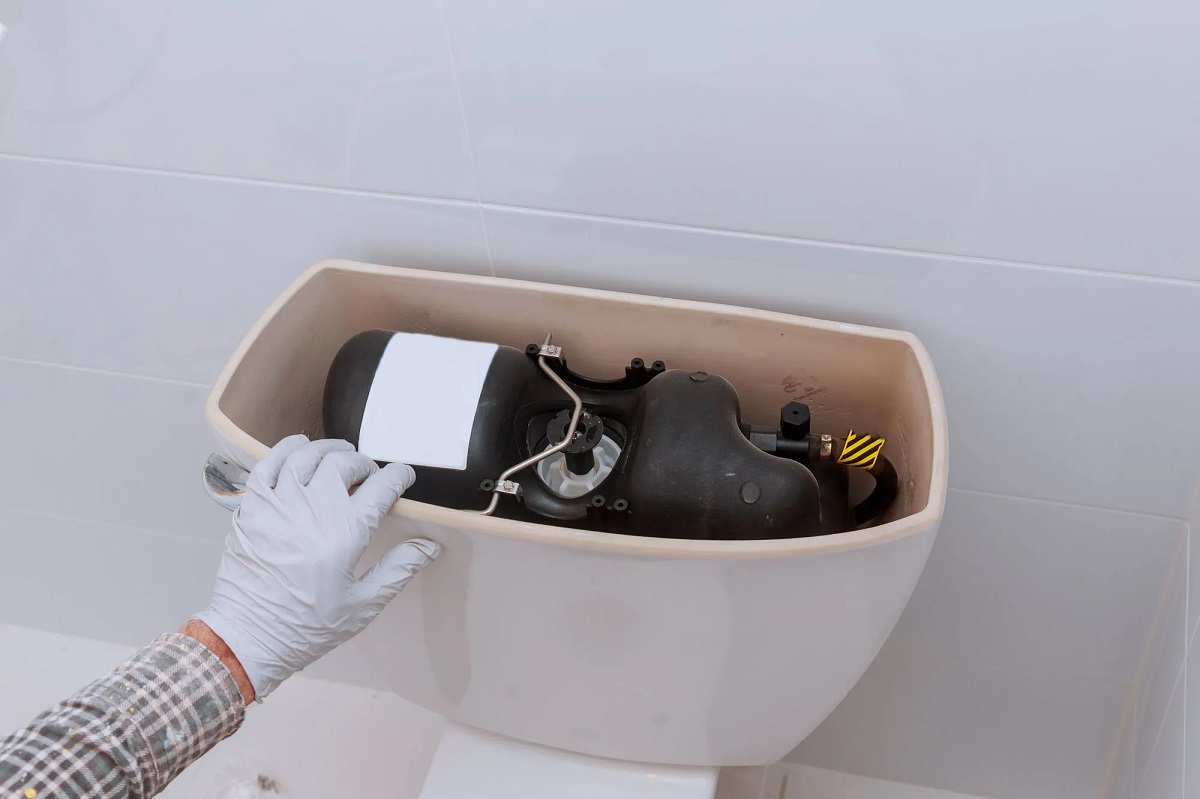
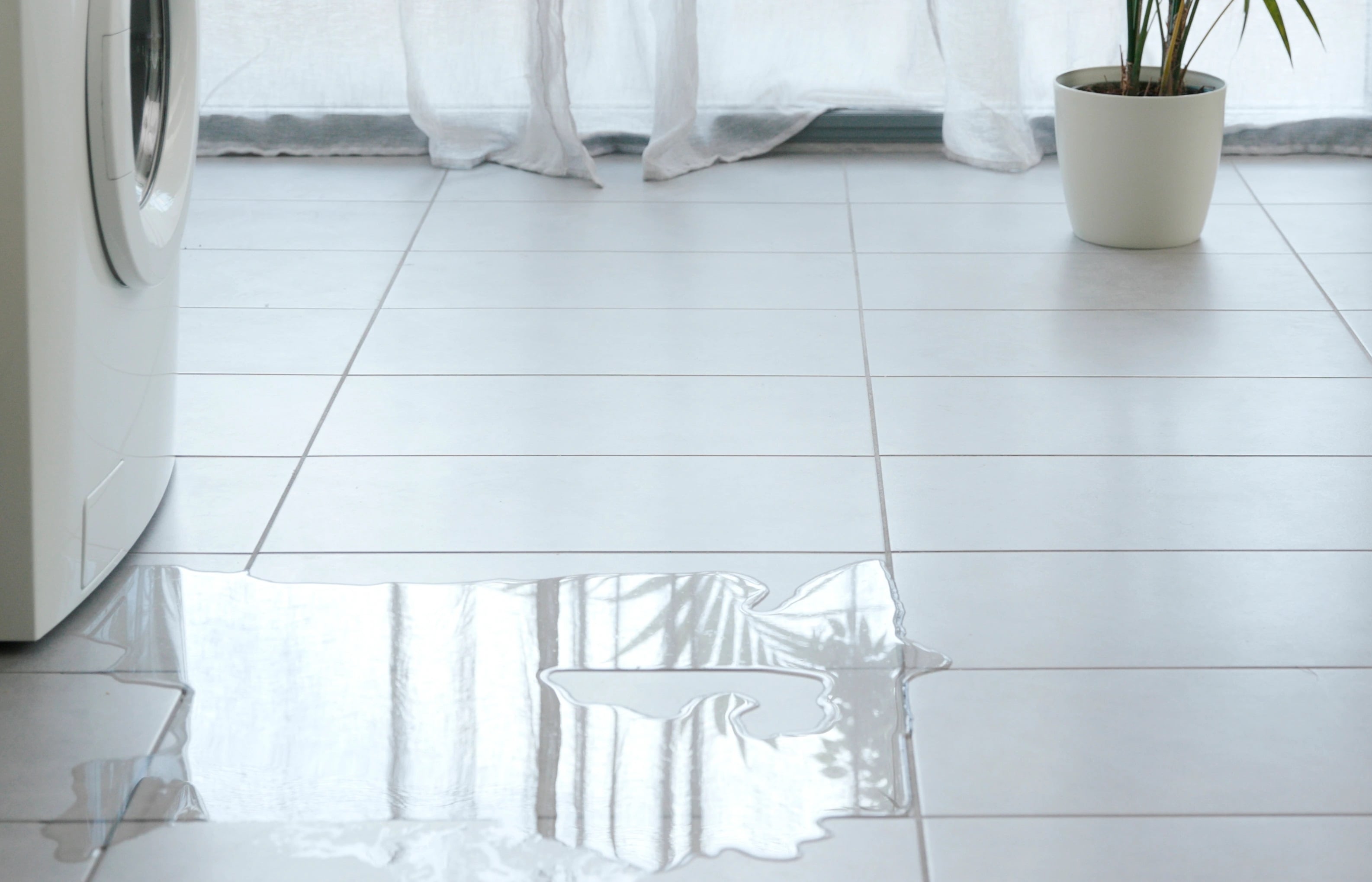
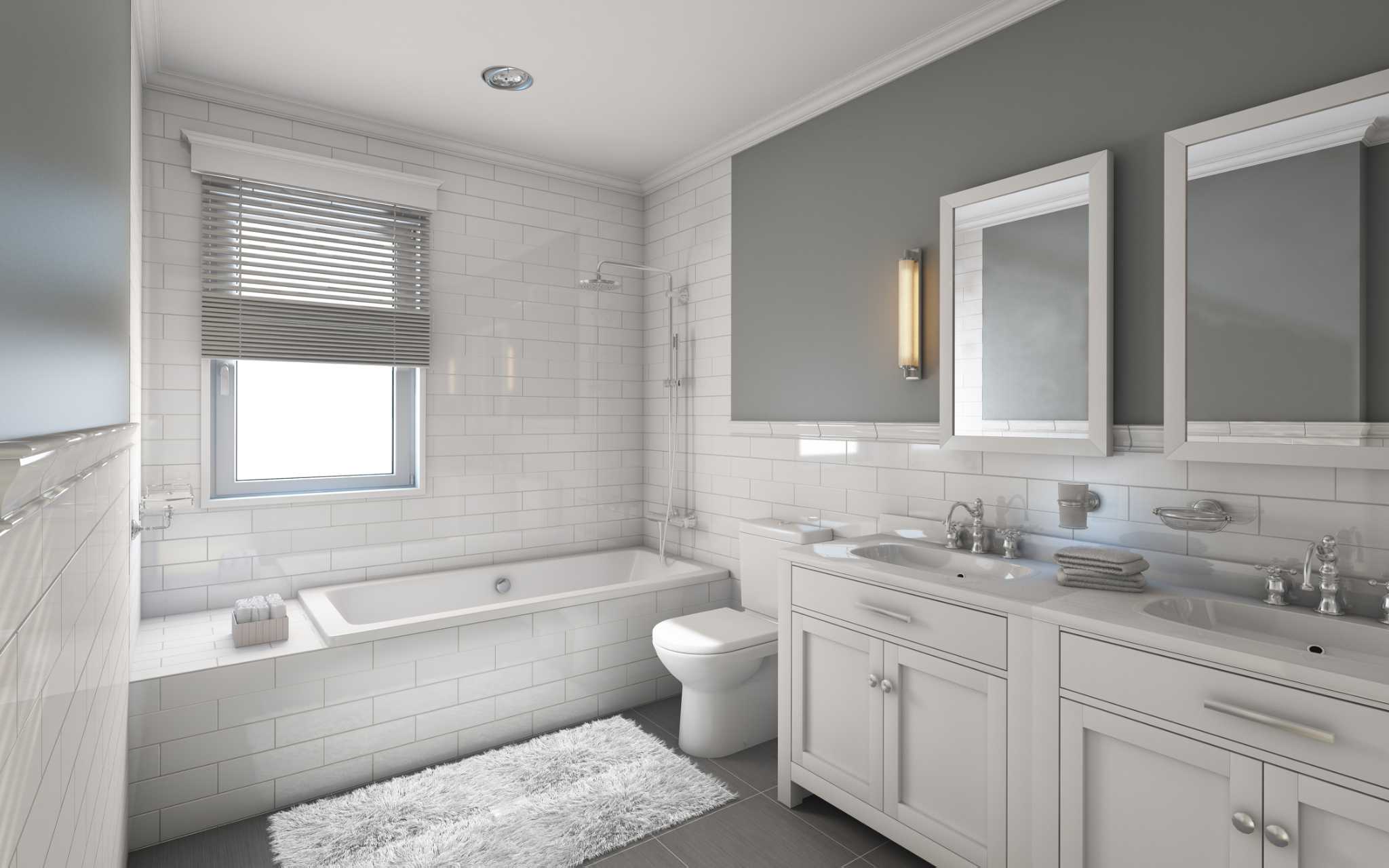
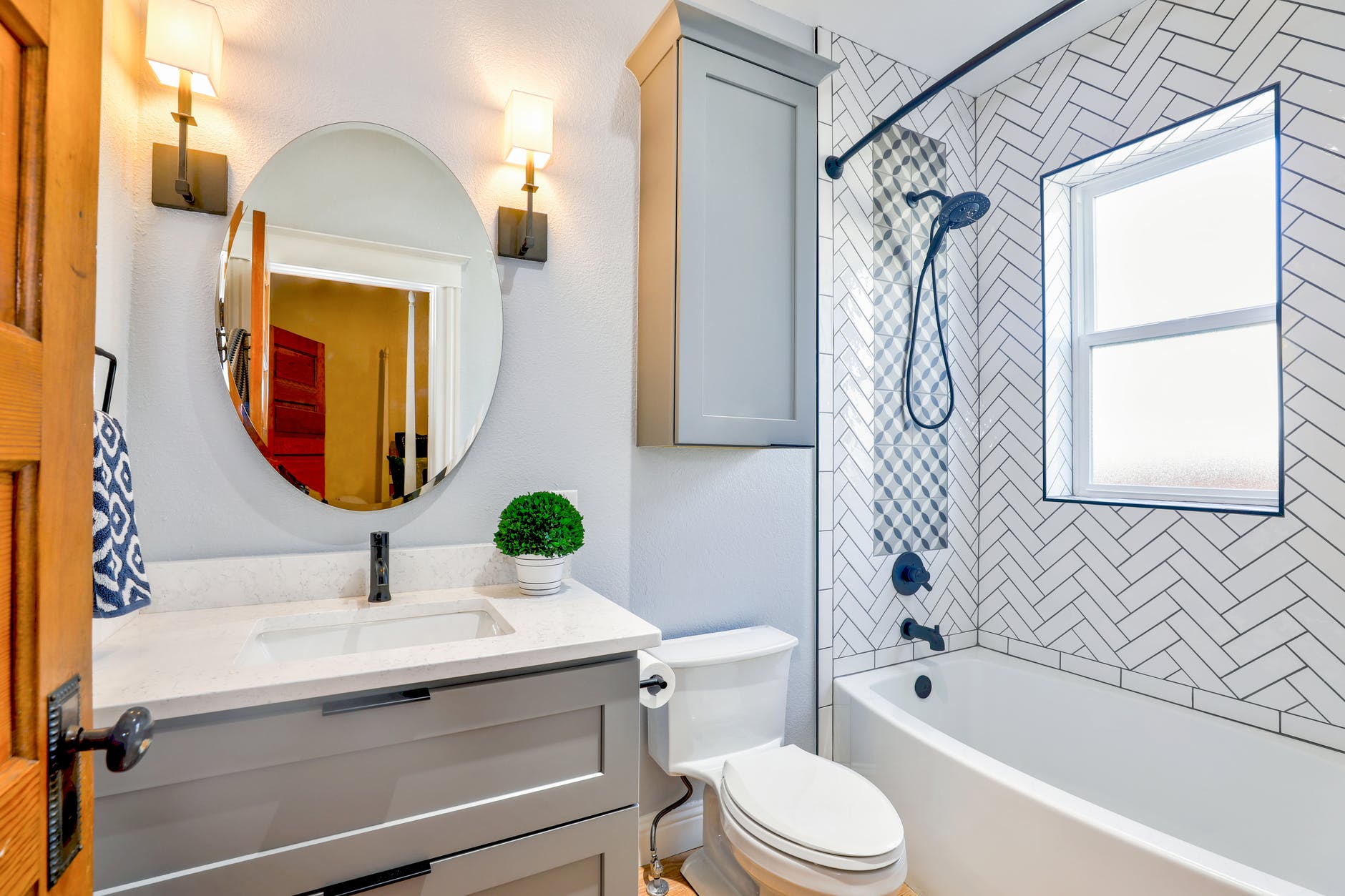
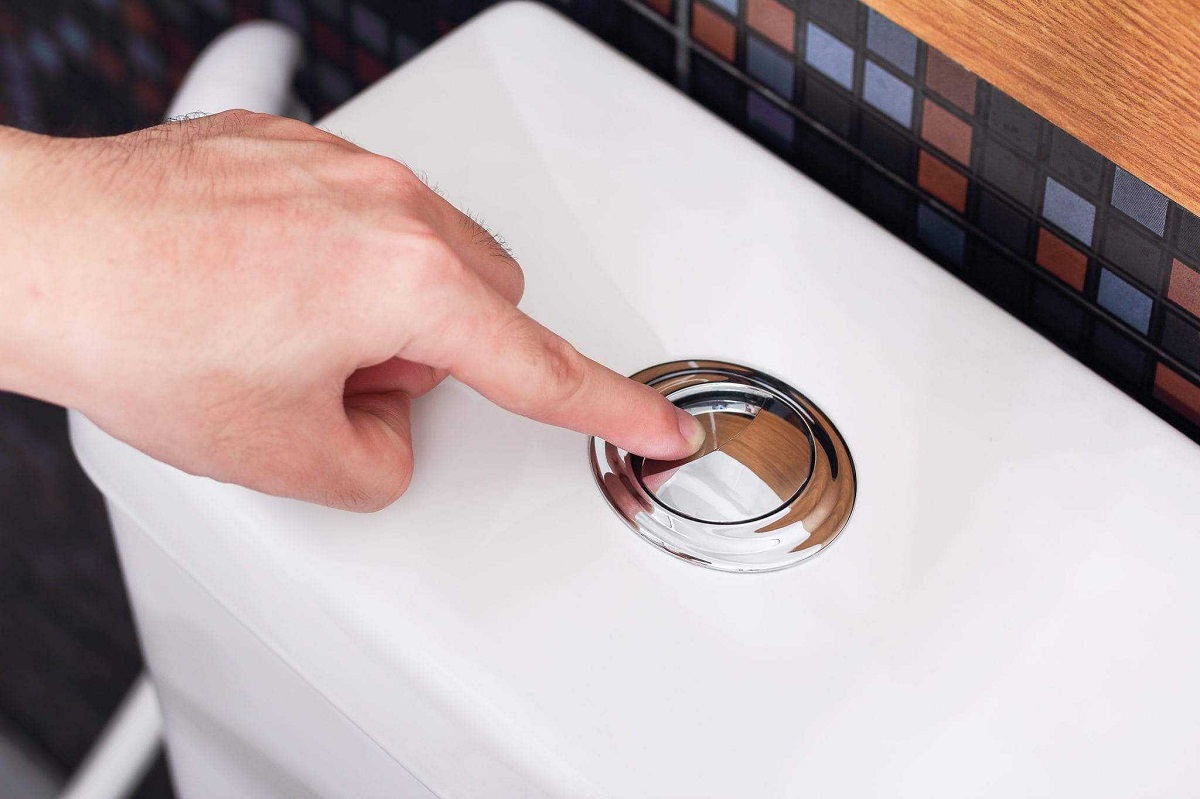
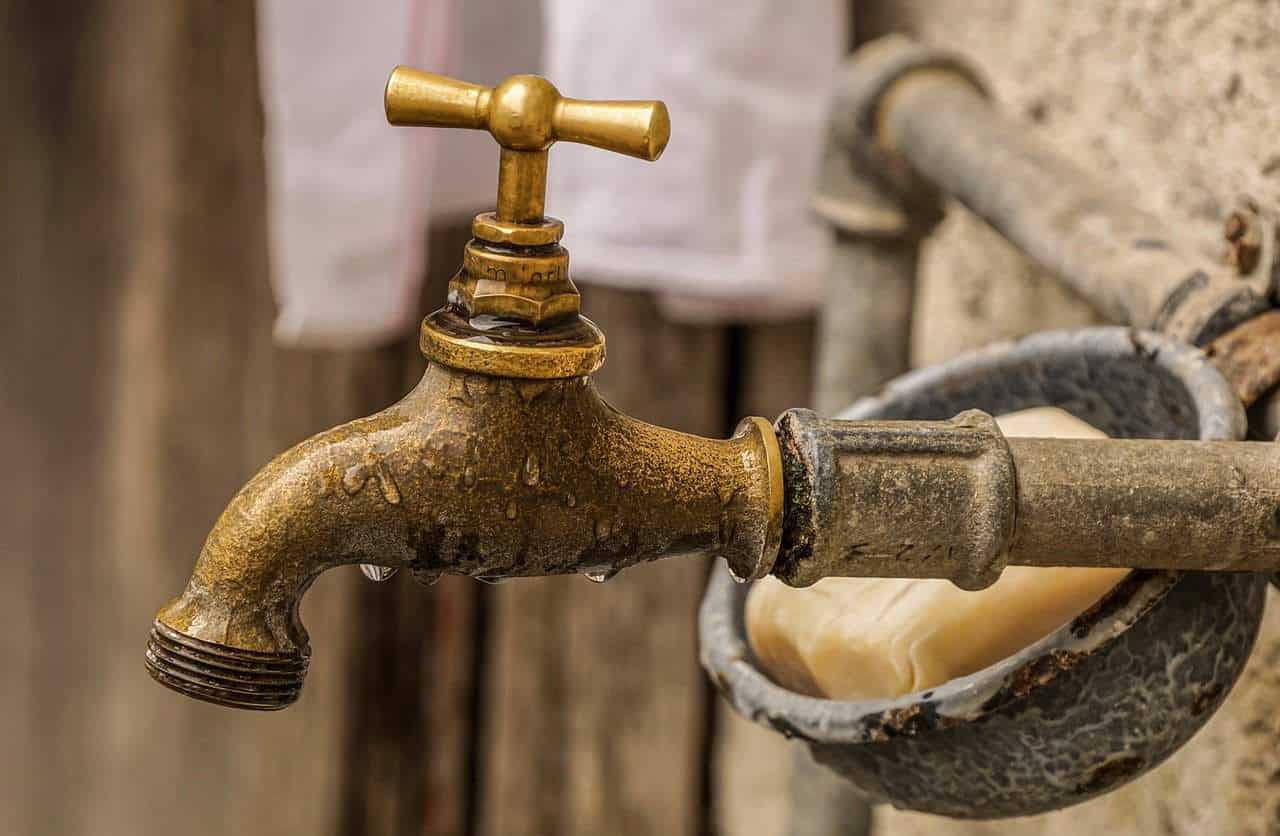
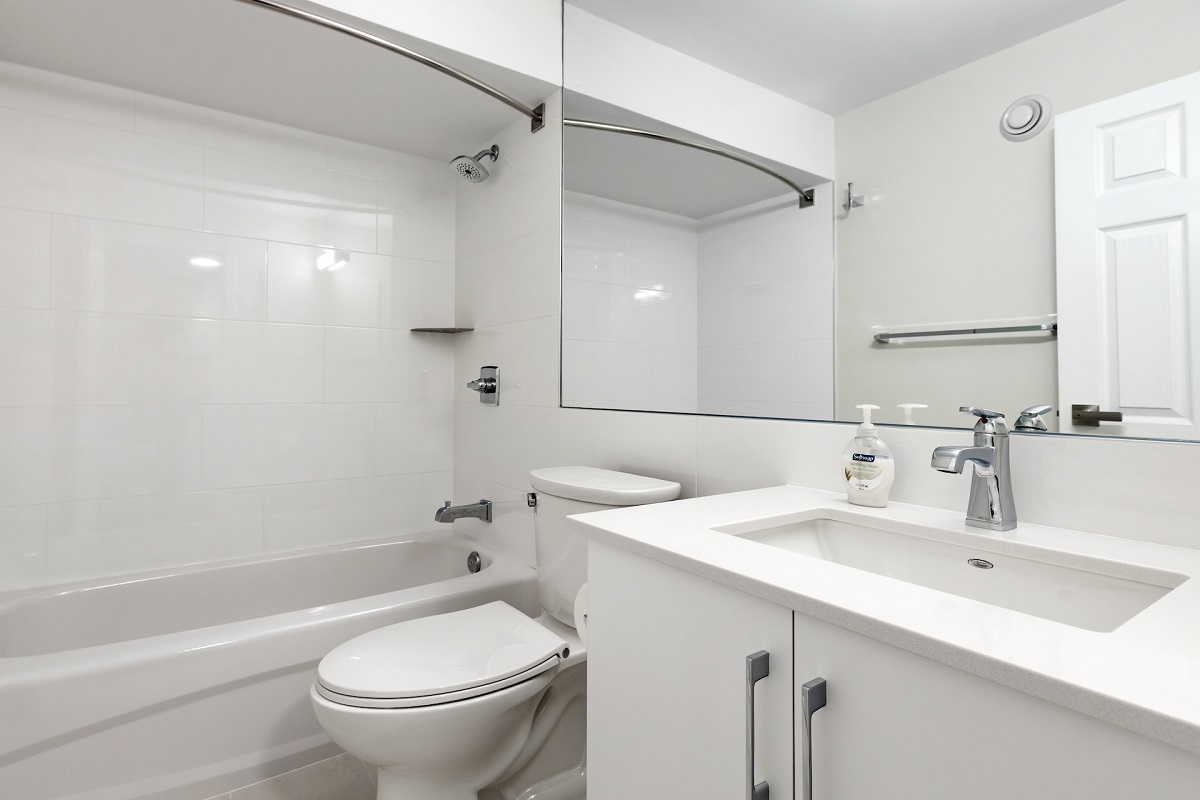
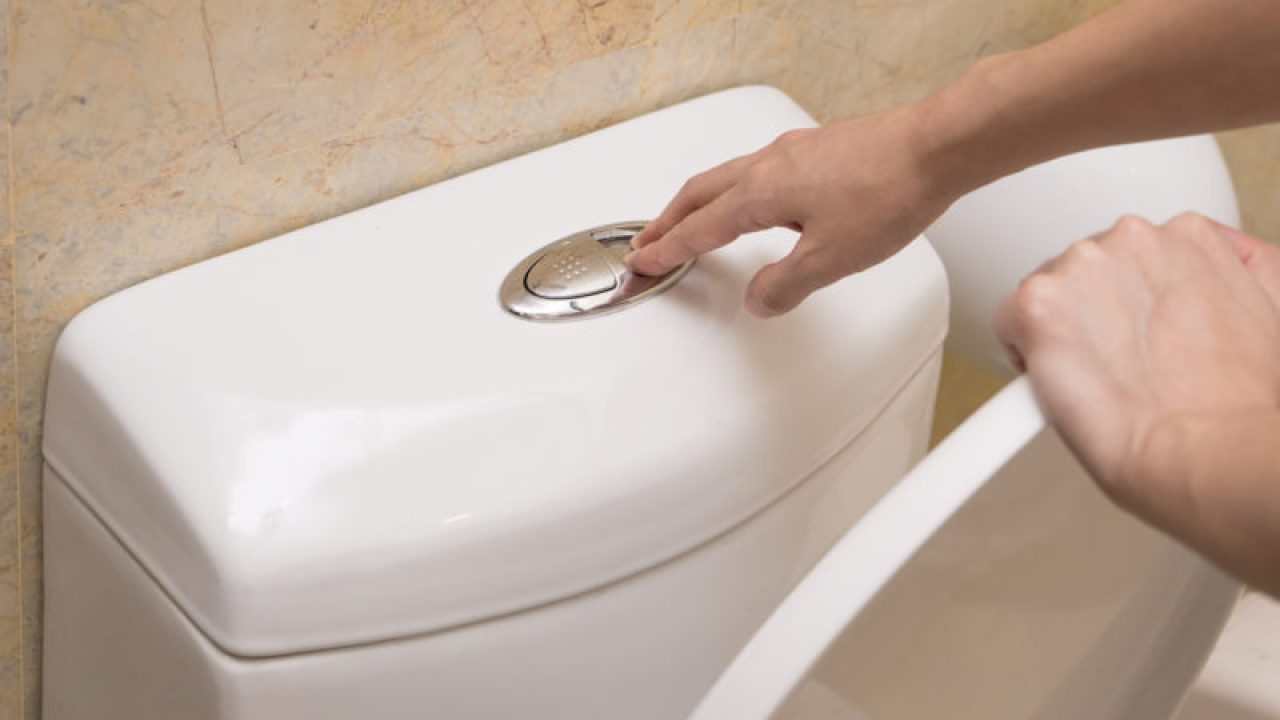
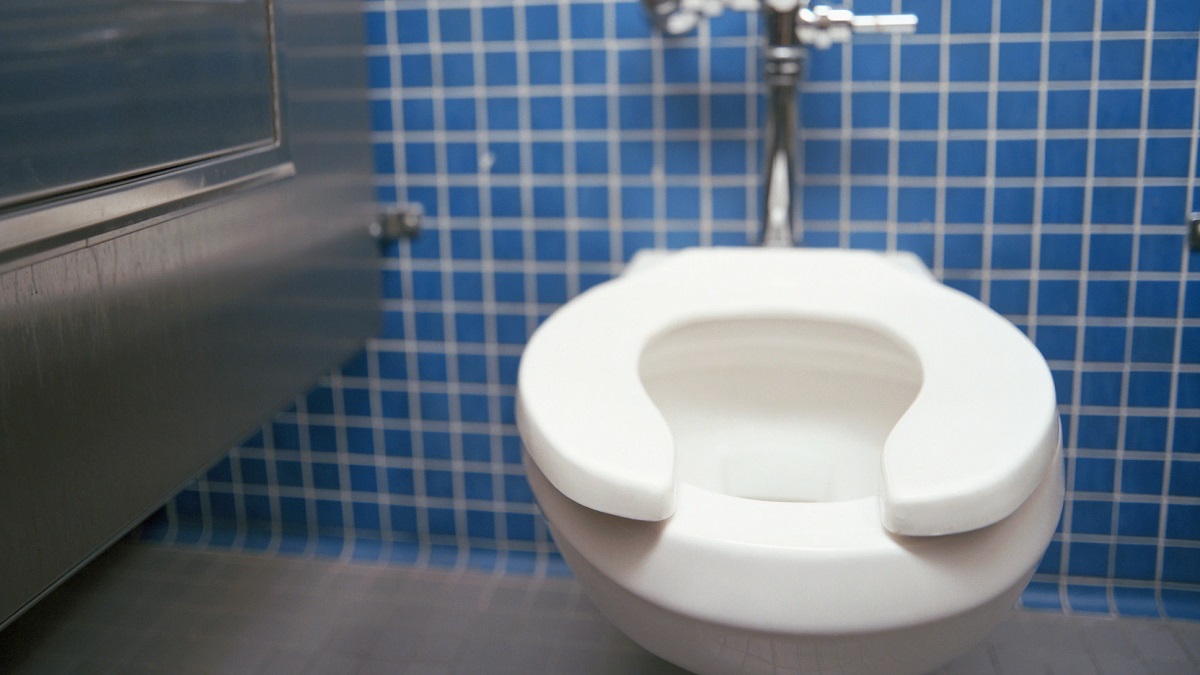
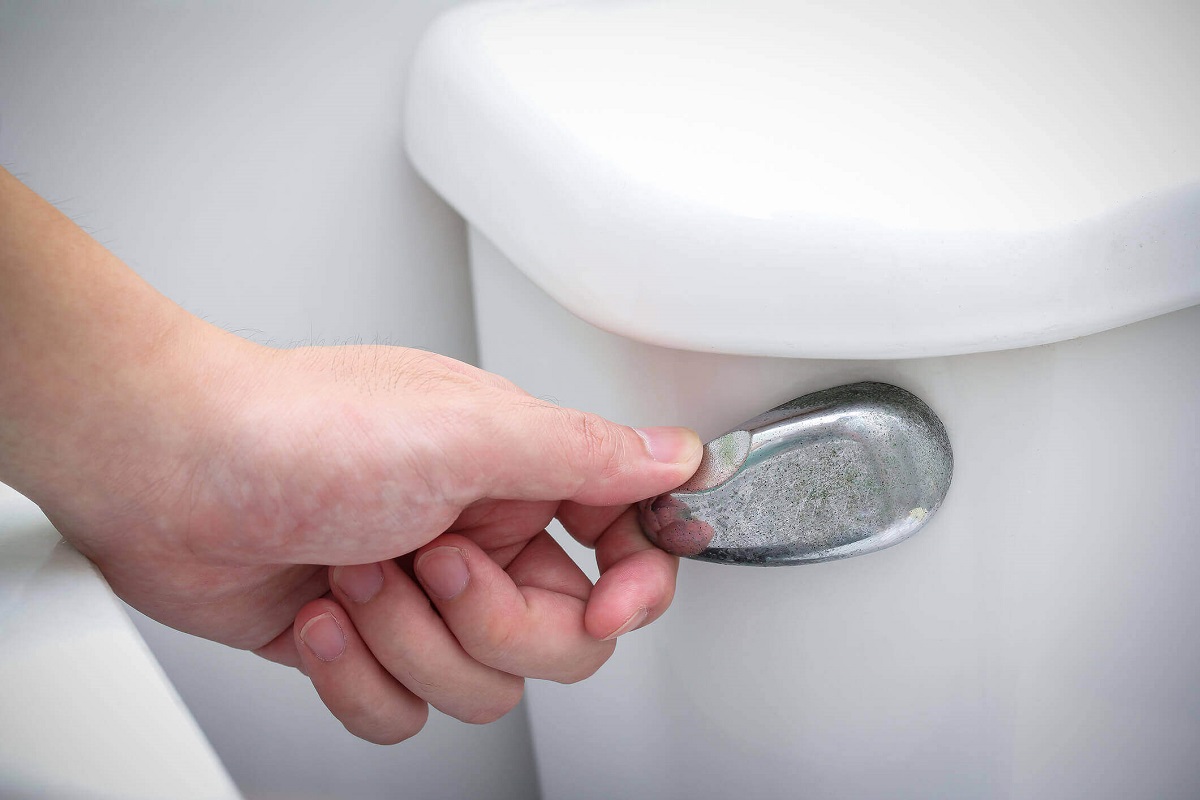
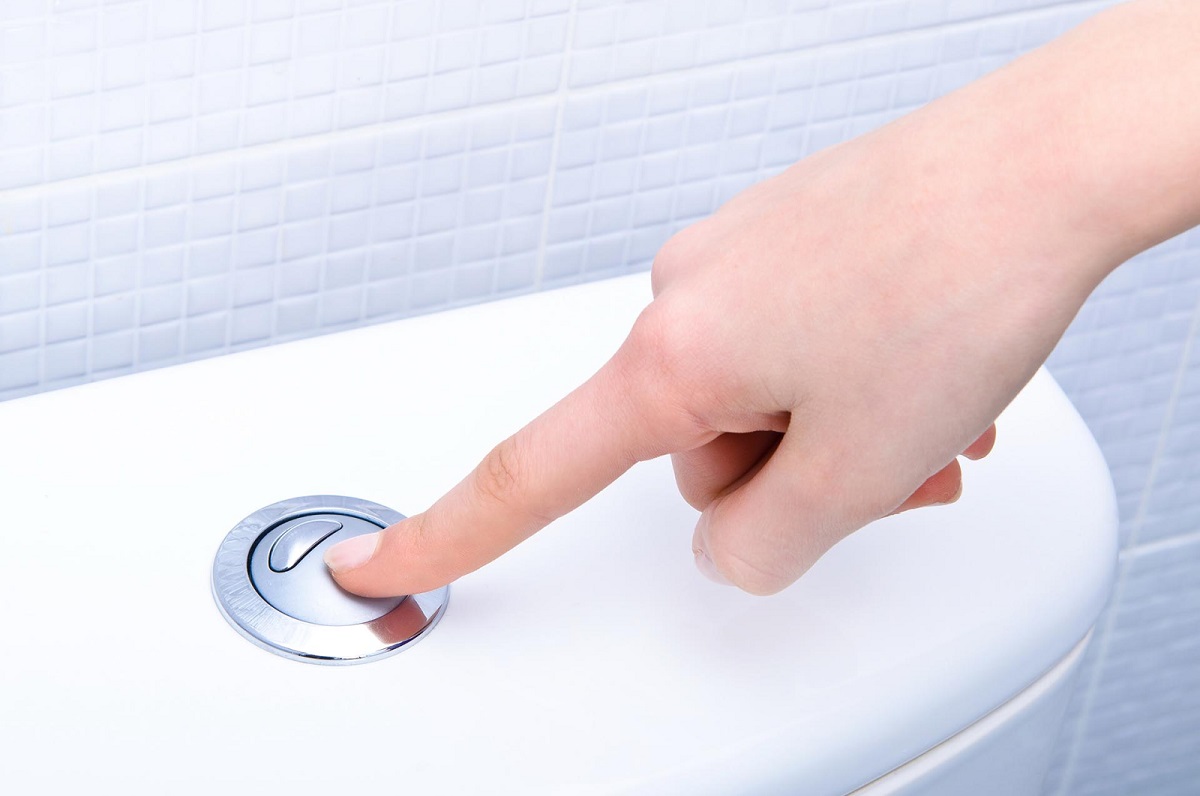
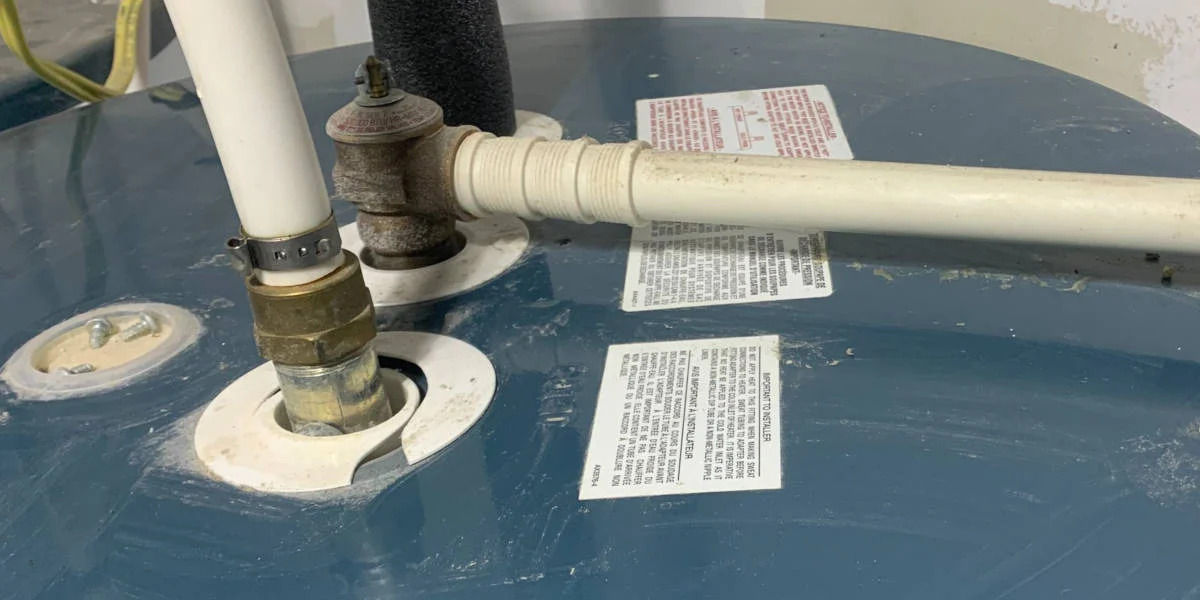
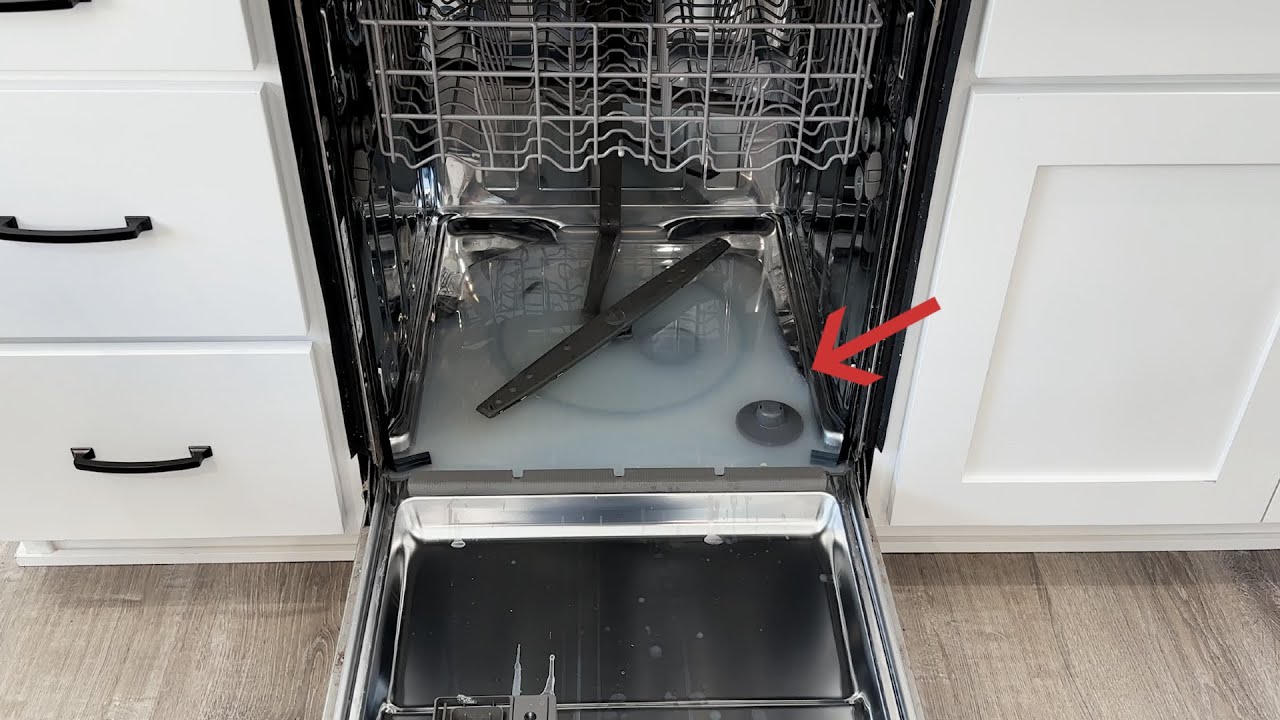

0 thoughts on “Why Is My Toilet Leaking From The Bottom When I Flush”